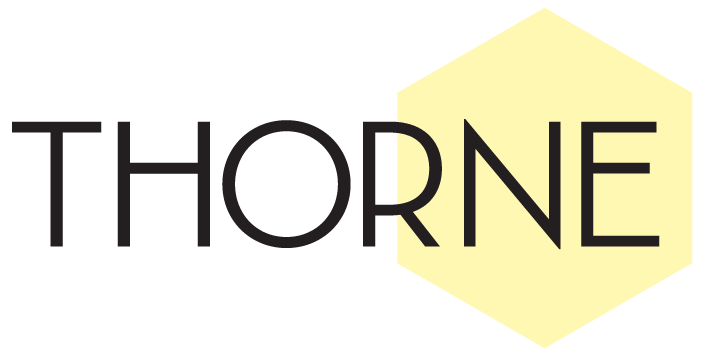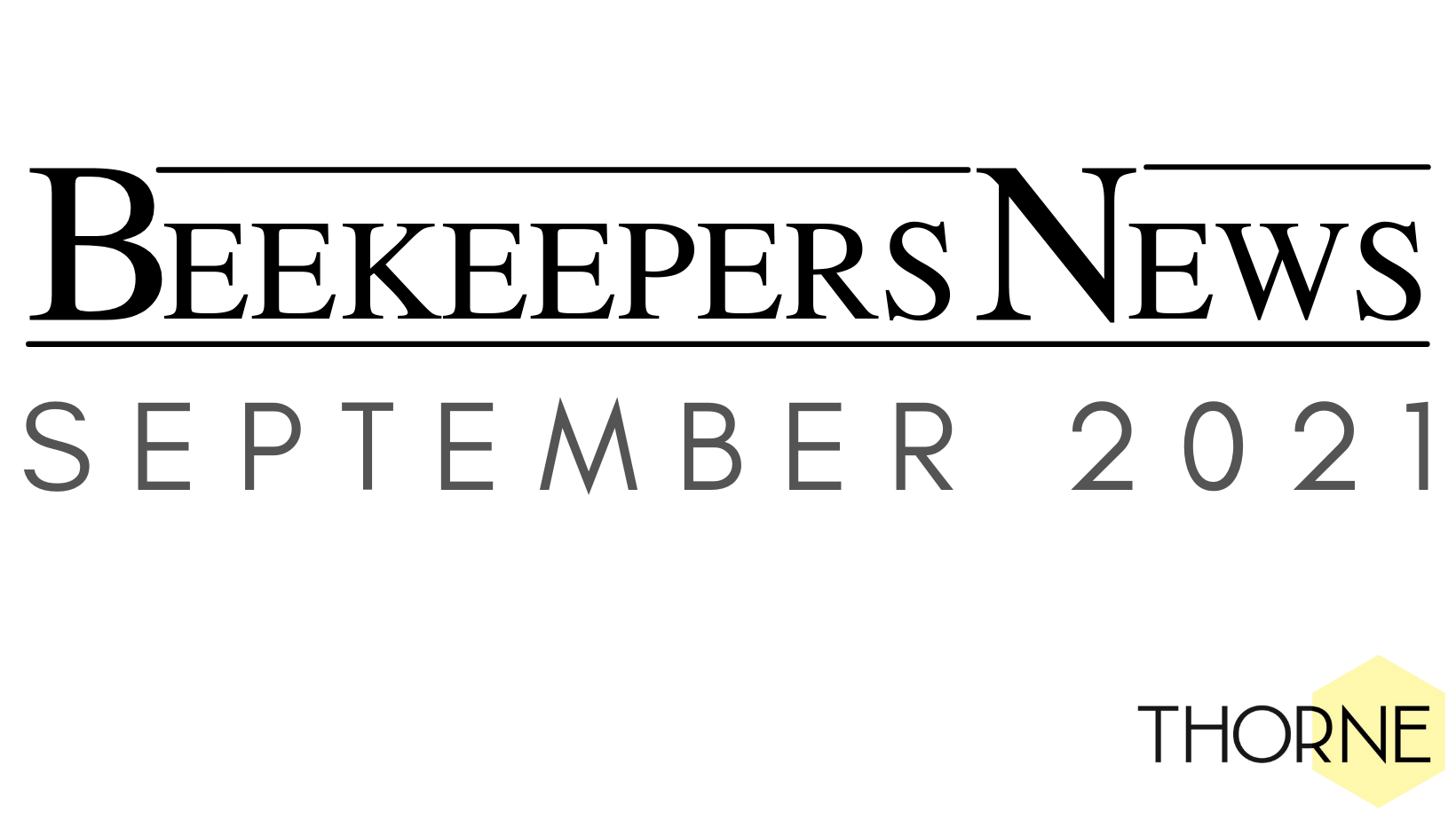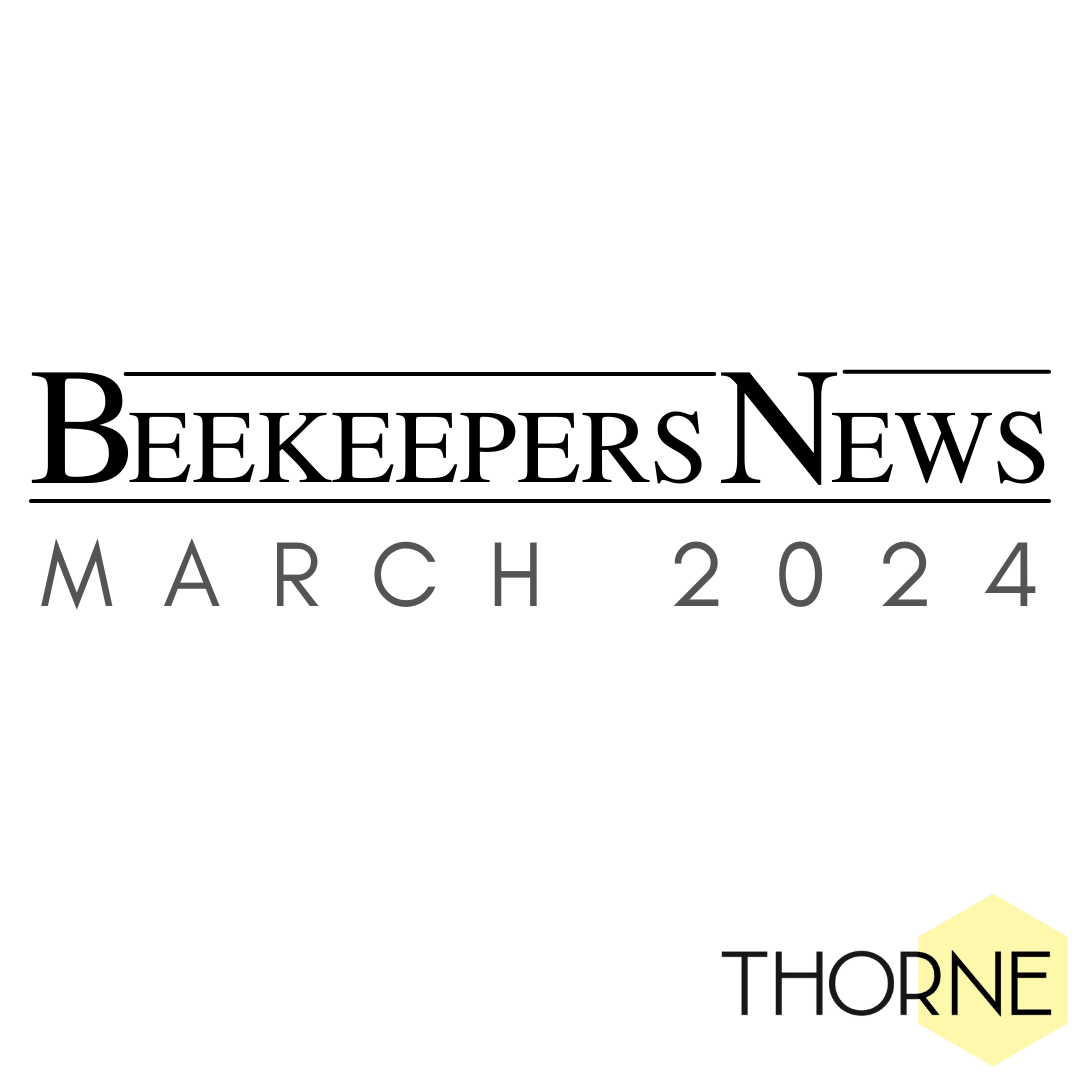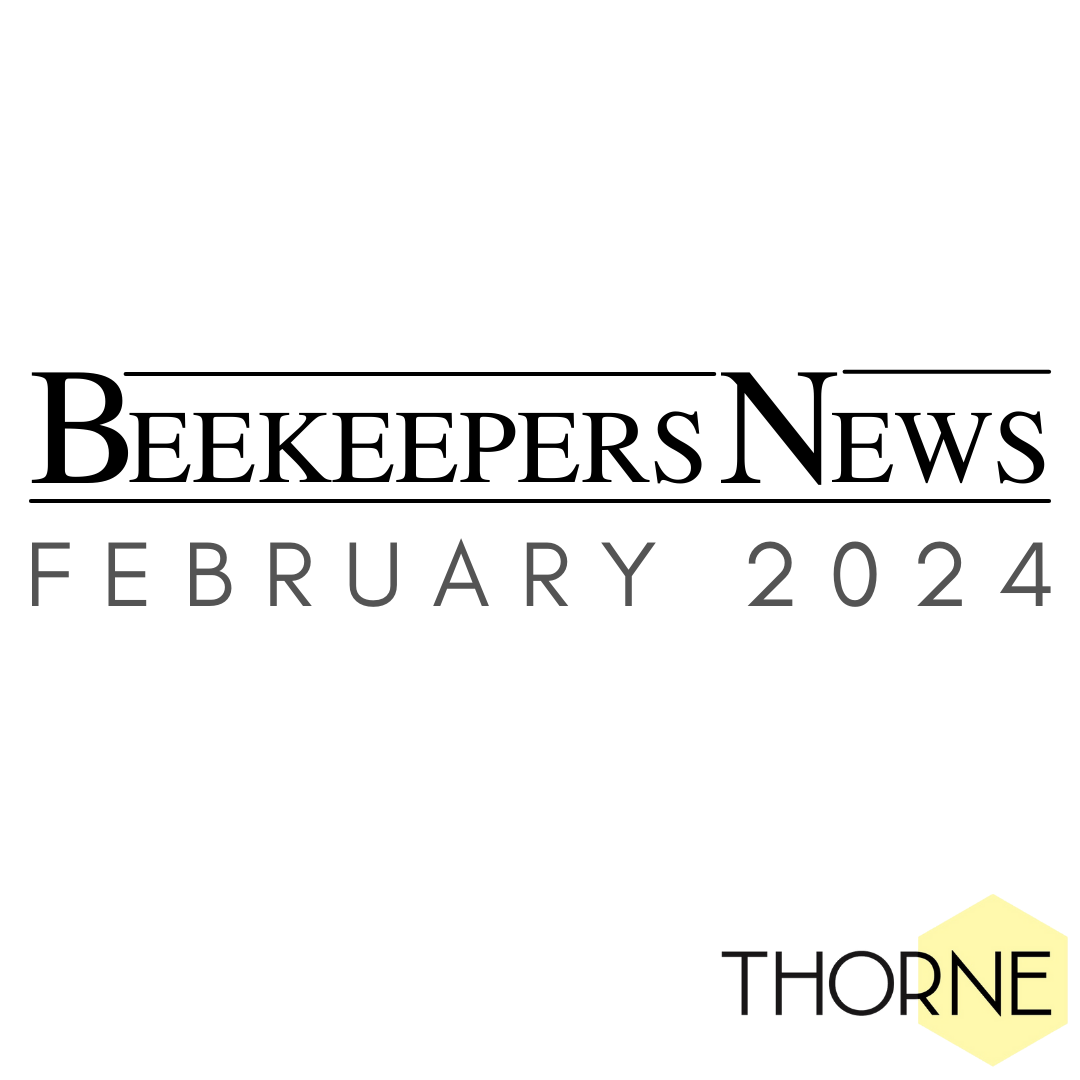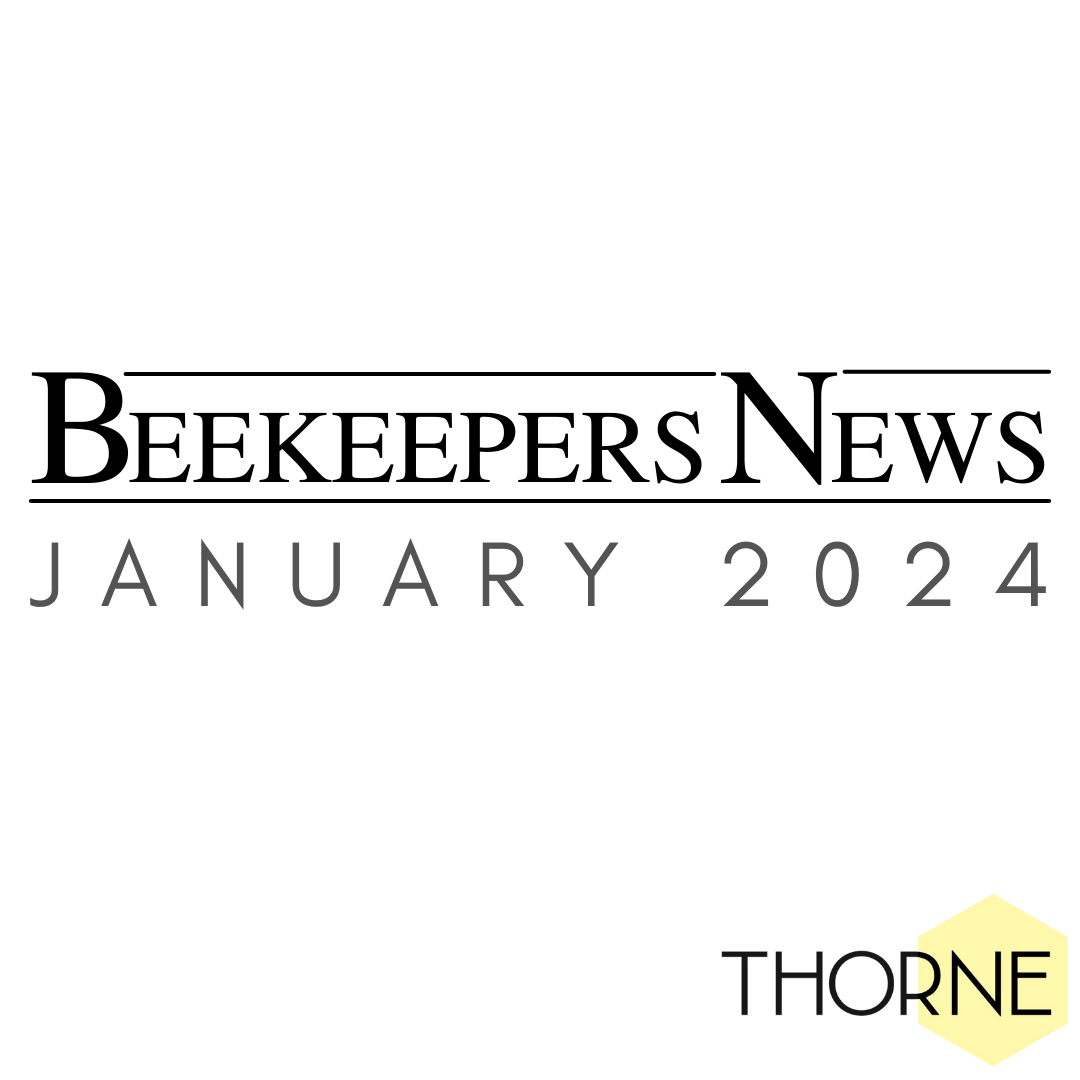This month we kicked off our Sale Days at our branch Scotland. We had a fantastic turn out, and Brian and the team loved seeing all your faces again! This month we have two more of our Sale Days; Windsor on Saturday 11th and Stockbridge on Saturday 25th September. There is still time to order online for collection from these events!
Keep reading for the opportunity to get your hands on a free Varroa EasyCheck when you purchase Apivar. We are giving away 50 EasyChecks and all the information you need is to follow…
Job Vacancy General Assistant – Thornes of Scotland, Newburgh
Exciting opportunity to work in our Newburgh branch. Primarily manufacturing our large range of silicone candle moulds. Involves accurately measuring, mixing, and pouring the silicone. Extracting the moulds from the prepared mould masters. Cutting and finishing the moulds to a high standard. Cleaning the masters and equipment ready to be used again.
- Full time (or could look at part time for the right candidate)
- No previous experience necessary.
- Attention to detail.
- Willingness to learn. All training will be given.
- Fit and healthy. Mixing the silicone can be strenuous.
- Also, opportunity to work in the busy beekeeping shop. Beekeeping experience is helpful but not essential.
Apply with a CV to rebecca@thorne.co.uk or scotland@thorne.co.uk
Equipment Focus

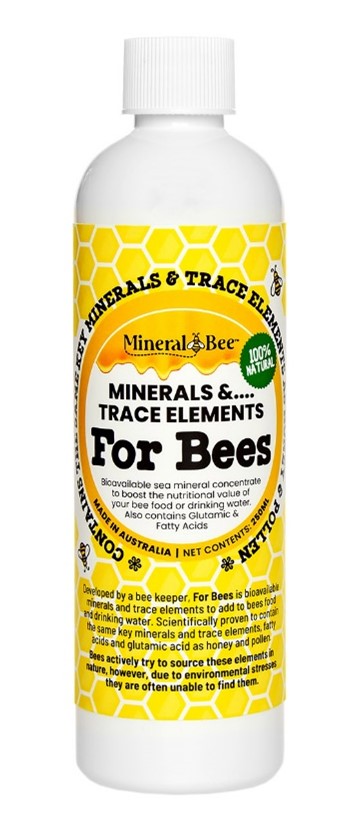 Introducing Mineral Bee’s “Minerals & Trace Elements For Bees”, now exclusively available in the UK from Thorne. Minerals & Trace Elements For Bees come in either 250ml or 1 litre bottles and is 100% natural minerals, trace elements, amino acids and fatty acids for honeybees. Minerals and Trace Elements For Bees has been scientifically proven to contain the same key minerals and trace elements as honey and pollen. These are priced at £18 for 250ml and £40 for 1 litre.
Introducing Mineral Bee’s “Minerals & Trace Elements For Bees”, now exclusively available in the UK from Thorne. Minerals & Trace Elements For Bees come in either 250ml or 1 litre bottles and is 100% natural minerals, trace elements, amino acids and fatty acids for honeybees. Minerals and Trace Elements For Bees has been scientifically proven to contain the same key minerals and trace elements as honey and pollen. These are priced at £18 for 250ml and £40 for 1 litre.
Minerals & Trace Elements For Bees is:
- bioavailable
- 100% natural
- chemical free
- colourless
- odourless
- no heat
- no brewing
- no freezing
- organically sourced
- NOT a plant-based product
Why add Minerals & Trace Elements?
Honeybees actively try to source minerals and trace elements however due to environmental stresses they are often unable to find them. The nutritional elements that limit honeybee development to the highest degree due to their scarcity in pollen are Na, S, Cu, P and K. Zn and N. (Michal Filipiak et al. Institute of Environmental Sciences, Jagiellonian University, Poland). Sugar syrup has very little nutritional value apart from carbohydrates however it is necessary for the feeding of bees when there is insufficient stores of honey available.
The Importance of Minerals & Trace Elements:
Sodium and potassium are the two most abundant and dynamic ions in cells and biological fluids.
Calcium is a vital second messenger in all cells and underpins the operation of the nervous system and musculature.
Magnesium is used in over 300 enzymes and is an essential nutrient in DNA and RNA synthesis.
Zinc is also critical in enzyme production.
Iron is vital in nearly 100 enzymes.
Molybdenum is an essential nutrient because of its use as a prosthetic group in a range of oxidoreductases.
The Importance of Fatty Acids:
Fatty acids are necessary for bee reproduction and development including fat bodies that play a role in energy storage and release as well as immune function in insects.
The Importance of Amino Acids:
The amino acids (glutamic acid) in pollens are required by the bee for synthesis of tissues, hemolymph proteins, enzymes, etc.
Minerals & Trace Elements Comparison
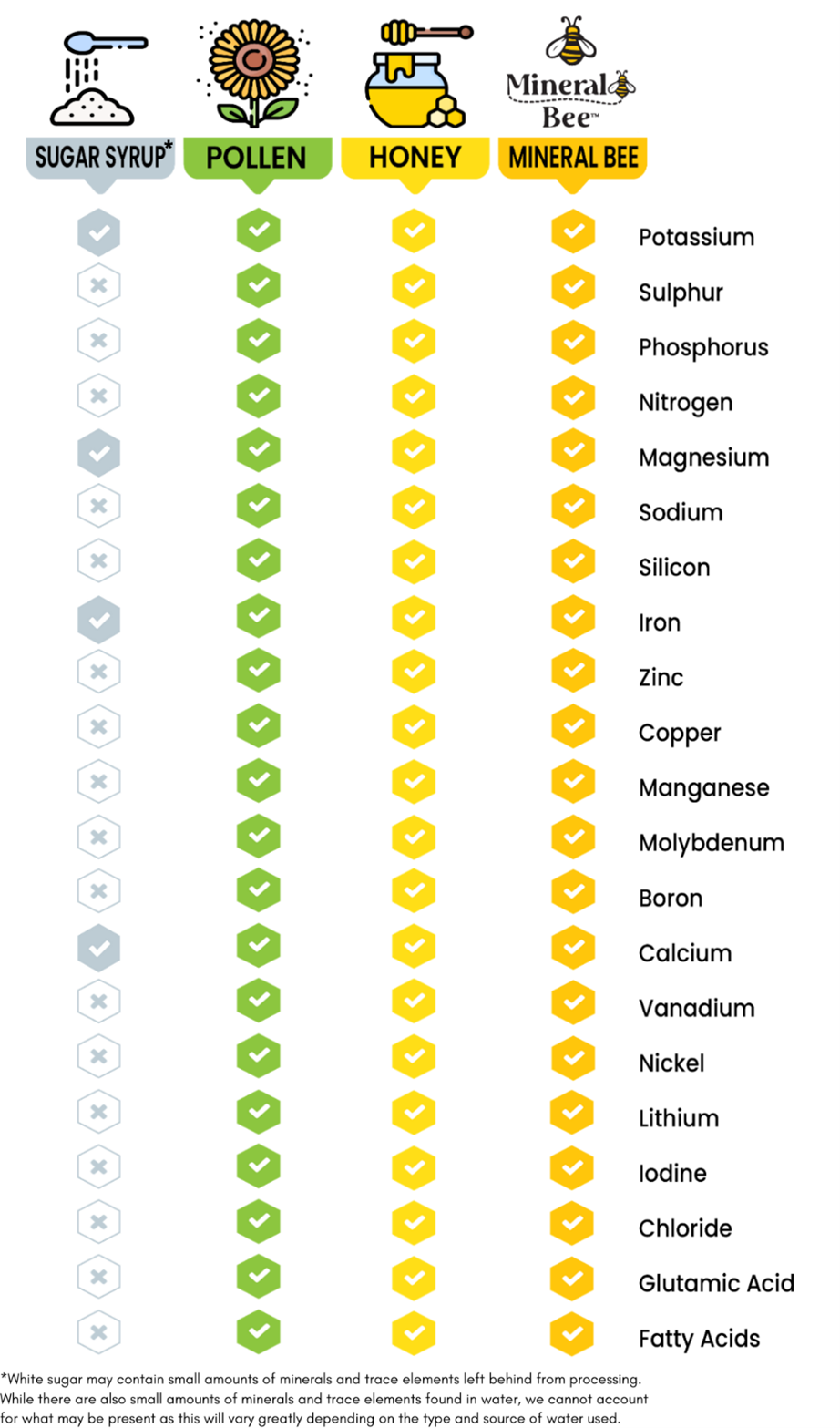
Directions for use:
Add 10ml of Minerals and Trace elements For Bees to 1L of your bees’ sugar syrup feed, fondant and/or drinking water. Stir in well and feed your bees in the normal way.
When to use:
Whenever you are feeding your bees and providing drinking water for them.
Storage & handling:
Store in a cool dry place away from sunlight. Do not allow to freeze. Keep out of reach of children. If swallowed drink water to dilute.
Ingredients:
Magnesium, Calcium, Potassium, Sodium, Nitrogen, Glutamic Acid, Phosphorus, Chloride, Boron, Iron, Manganese, Fatty Acids, Molybdenum, Silicon, Sulphur, Zinc, Lithium, Copper, Chromium, Strontium, Vanadium, Nickel, Bromine, Iodine, Rubidium.
Made from concentrated ocean minerals.
Developed by McGee Group in Australia.
Varroa EasyCheck Giveaway with the first 50 purchases of Apivar
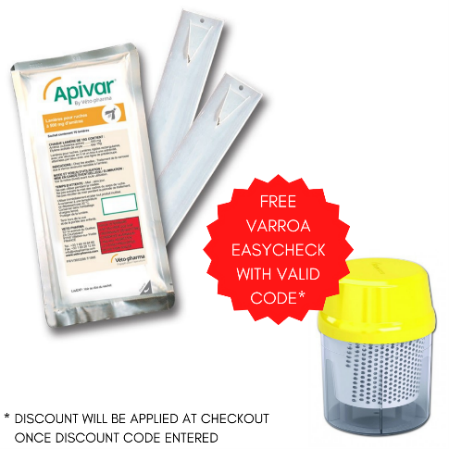 Now is the perfect time to treat your hive for varroa, and Apivar is the European Varroa treatment of choice, and is exclusively available from Thornes. The creators of Apivar also produce the Varrao EasyCheck, an essential labour-saving tool for beekeepers who want to monitor varroa mite infestations in honey bee colonies quicker, easier and more reliably than ever before.
Now is the perfect time to treat your hive for varroa, and Apivar is the European Varroa treatment of choice, and is exclusively available from Thornes. The creators of Apivar also produce the Varrao EasyCheck, an essential labour-saving tool for beekeepers who want to monitor varroa mite infestations in honey bee colonies quicker, easier and more reliably than ever before.
We are giving away 50 Varroa EasyChecks to the first 50 orders of Apivar following the release of this Newsletter on Sunday 5th September! Make sure you use the code VARROA at checkout to take the price of the Varroa EasyCheck off.
The unique design is the key to EasyCheck's reliability: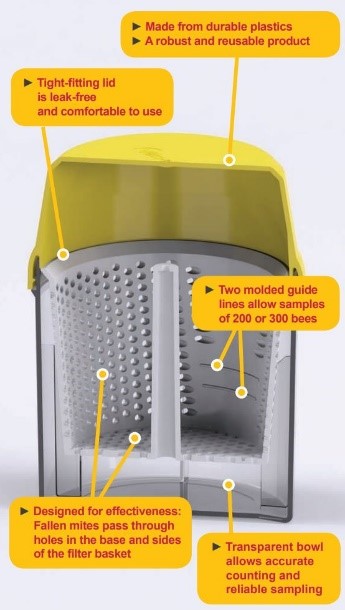
- Quick to use - 60secs of shaking
- Numerous holes in the bottom AND sides of the basket that allow detached mites to fall more easily
- Tight lid for convenient and comfortable use
- Robust, solid material and easily transportable
- Two guide lines allow samples of 200 or 300 bees
- Transparent bowl allows easy counting of mites in the device
Beekeepers simply collect 200 or 300 bees and shake them for 60 seconds in the EasyCheck shaker with a solution of alcohol or winter windshield washer fluid. Mites separate from the bees and fall to the bottom of the transparent bowl where they can be easily counted. The liquid may be reused.
VarroMed
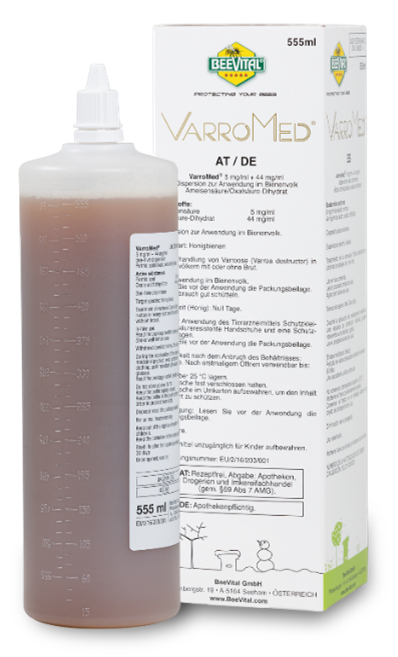 VarroMed is the successor to the popular Hive Clean, and available in the UK (despite rumours!).
VarroMed is the successor to the popular Hive Clean, and available in the UK (despite rumours!).
Varromed is a liquid treatment which contains both formic acid and oxalic acid dihydrate. Each 555ml bottle will last for up to 30 days after opening. The treatment is trickled onto bees down the seams between frames and can be used in winter, spring, or autumn.
Supers should not be used with Varromed and it is best to treat when there is little flight activity e.g. late afternoon/evening. After treatment, you may find bees with their proboscis sticking out and the simple solution to this is to make sure they have a water source nearby.
Instructions for use:
1. Warm the bottle up to between 25 and 35 degrees so the liquid is not cold when you pour it on the bees.
2. Shake the bottle well.
3. Trickle the treatment onto the bees between the seams of frames, adhering to the dosing instructions.
IMPORTANT: You will need to wear protective clothing, gloves, and glasses. It is imperative that beekeepers use chemical treatments responsibly, using the correct dosage at the correct times to avoid developing resistant strains of mites.
Blog
August
The bees have continued their busy activities this month, but during our inspections we have noticed they have been a bit light on stores. Going through some of the hives, we can see that if left to their own devices, they wouldn’t have enough honey in there to sustain themselves, especially now as we head into autumn with less for them to forage on. We can tell they’re hungry also by hefting the hive to check the weight and by looking at where the bees are on the frame. When bees are hungry, there are often lots of them with their heads in a cell, (normally round the tops of the frames) trying to get any honey out that they can. So next month’s first job will be to feed!
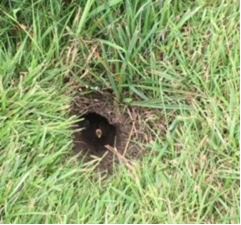 As mentioned last month, the wasps are definitely interested in the hives now and we even have a wasp nest in the ground in our museum apiary. We often get wasp nests here but not always quite so close to the bees. Last year we had one in the roof at the entrance to our office HQ and some of you may remember we found one in the laurel bush at our Lakes apiary back in June. They probably hang around here so much just on the off chance that one of our honeybee colonies is weak enough for them to plunder its stores. We try really hard to keep the bees strong enough to fend off these predators but inevitably, any smaller colonies do sometimes succumb to their relentless attacks.
As mentioned last month, the wasps are definitely interested in the hives now and we even have a wasp nest in the ground in our museum apiary. We often get wasp nests here but not always quite so close to the bees. Last year we had one in the roof at the entrance to our office HQ and some of you may remember we found one in the laurel bush at our Lakes apiary back in June. They probably hang around here so much just on the off chance that one of our honeybee colonies is weak enough for them to plunder its stores. We try really hard to keep the bees strong enough to fend off these predators but inevitably, any smaller colonies do sometimes succumb to their relentless attacks.
With this in mind, we have reduced the hives’ entrances down to one bee space. This just helps them to defend their colony more easily. With the weather we’re having here at the minute, it won’t be long until we are thinking about putting mouseguards on!
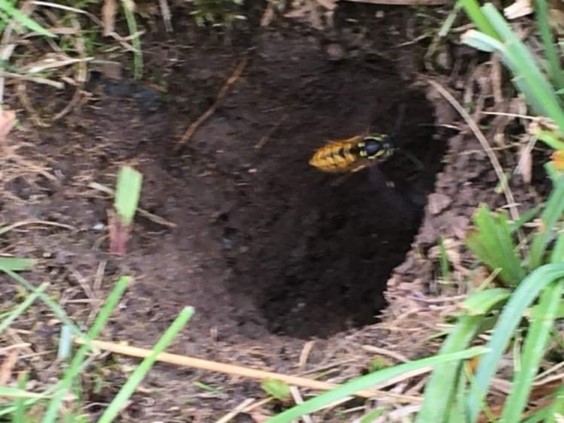 Of course, this is the time of year when treating for varroa is really important. Getting the numbers of mites down now is imperative so that lots of healthy bees that need to survive the long winter can be made. This will be an early September job and we will probably use Apivar because this treatment isn’t temperature dependent like most others. We also only have to go in the hives once to put it in and then once to quickly take it out, whereas some other autumn treatments require the beekeeper to go in the hive several times.
Of course, this is the time of year when treating for varroa is really important. Getting the numbers of mites down now is imperative so that lots of healthy bees that need to survive the long winter can be made. This will be an early September job and we will probably use Apivar because this treatment isn’t temperature dependent like most others. We also only have to go in the hives once to put it in and then once to quickly take it out, whereas some other autumn treatments require the beekeeper to go in the hive several times.
So next month we will still have plenty to do. It will be a case of feeding the bees up, continuing to protect from wasps and treating for varroa. We’ll also be looking to tidy up the apiary and the cabin where we make a mess during the season because we’re too busy beekeeping. This is not a job we look forward to but one that must be done!
Book review Good Nutrition: Good Bees
Book review by Norman Carreck NDB and Dr Andrea Quigley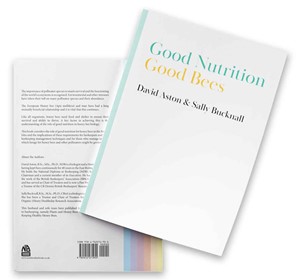
Good Nutrition: Good Bees.
By David Aston & Sally Bucknall.
Published by: Northern Bee Books, Mytholmroyd, UK. 2021. 428 pp.
ISBN: 978-1-912271-95-5 (softback)
RRP: £30.00 (softback) £50.00 (hardback) £18.79 (Kindle).
Honey bee nutrition is a crucial topic, too often overlooked by both beekeepers and bee scientists. This new book is most welcome because few books exist on the topic. “Fat bees, skinny bees” by Doug Somerville from Australia is probably the best, but is not necessarily directly relevant to beekeeping in the British Isles. David Aston and Sally Bucknall are well known for their earlier books “Plants and honey bees: their relationships” (2004) and “Keeping healthy honey bees” (2010), and their roles in BBKA, the NDB, IBRA and Garden Organic. The scope of this book is very much wider than the title suggests. It does indeed cover the nutrition of bees, but it also covers beekeeping history in the British Isles; and bee pests and diseases. Clearly a labour of love, we suspect that it contains ideas that the authors have developed over many years. Its minimalist cover and layout mean the book looks much like a university text book. A serious omission is the lack of illustrations or photographs. Diagrams would make it much easier to describe nectaries, for example. The sections on plants cry out for beautiful colour photographs. On the positive side, the book does have large print and is therefore easy to read. The book has 62 chapters, some of which are very short, a comprehensive references section and two annexes. It can be frustrating, as some potentially very interesting topics, such as Chapter 60, “Conservation agriculture” are dismissed in two pages, whilst Chapter 55, “Preparing colonies for pollination services” is just one short paragraph. Much space is spent on topics such as the 15 pages devoted to a history of the honey bee in the British Isles, which whilst interesting and well written, are not directly relevant to the theme of the book. Similarly, the 26 pages devoted to pests and diseases could have been condensed to discuss just those pests and diseases which seem to be related to nutrition, for example by being more likely to occur in colonies during times of food shortage. The book thoroughly covers the topic of nutrition, summarising the nutrients required for growth, the requirements of the colony, and the link between nutrition and bee health and vitality. The area of the honey bee gut microbiome, currently an area where much fascinating research is taking place is covered, but only briefly (two pages). The book moves on to how the colony might acquire these nutrients, including how to feed your bees, and the British landscape and the plants it supports. Some sections are especially useful, such as Chapter 34 “Trees and shrubs”. Trees are important sources of pollen early in the year, but their value to bees is often neglected by beekeepers. Yet the book has curious omissions, such as failing to list white clover as a key lawn component in the topical Chapter 33 “Gardeners and their lawns”. And whilst every lawn is different, surely white clover is the most important bee plant in garden lawns? Sadly, there is no index, essential in a reference book for readers who wish to “dip and delve” into the text, although a comprehensive list of references is provided for further reading. There are extensive tables of useful data, but the origin of the information in the tables is not clear. Is it the authors’ own data, or copied from other sources? The book clearly borrows from the authors’ two earlier books, both of which are still in print. For example the excellent list of recommended seed mixes in Annex II turns out to be identical to that given as Annex III in “plants and honey bees”, and the sections on disease and the honey bee colony through the year plainly draw from ”Keeping healthy honey bees”. Perhaps an explanation for the slightly rambling nature of Good Nutrition: Good Bees is given in the preface which states: “we hope that you will enjoy reading this book and use it as a source of reference, a starting point to pursue topics in more detail and a springboard to promote ideas and values which will be of use to humans and will benefit the honey bees of the British isles, an insect species with whom humans have had a long and beneficial relationship and which enrich the flora and fauna on which we all depend”.
To sum up, this is an important book, if not one that can be read from cover to cover in one sitting. Who is it intended for? Certainly it will prove invaluable for those studying for the BBKA exams and for the National Diploma in Beekeeping, but other beekeepers who wish to find out more about their bees will find it a valuable reference work. Some parts are specifically focused on the British Isles, whilst other sections are universal. Norman L Carreck NDB and Dr Andrea Quigley Carreck Consultancy Ltd., Woodside Cottage, Dragons Lane, Shipley, West
Sussex, RH13 8GD.
Email: norman.carreck@btinternet.com
Bees for Development
Bees for Development at the RHS Chelsea Flower Show
At this month's RHS Chelsea Flower Show, 21-26 September, we will display a wonderful Bee Hive Garden of Arabia. This will feature horizontal clay pipe hives, planted to show the strong connection between bees and nature.
The Bee Hive Garden of Arabia is sponsored by Beeble Drinks and Mandarin Stone.
If you are fortunate to have tickets for RHS Chelsea, do come and meet us at our stand in the Grand Pavilion
Don't miss The Bee Quiz at the UK National Honey Show
Come and see us, too, at the National Honey Show, returning to Sandown Park in October. This includes, on the Friday night, the great Bees for Development Bee Quiz, hosted by Bill Turnbull. Supper and a glass of wine included. See if you can beat your beekeeping peers at some not-so-seriously challenging bee-related questions! Book tickets at www.beesfordevelopment.org
National Honey Show
We have deadlines for this year’s live show upon us!
- Day ticket admission, live streaming (included for National Honey Show members) opened 1st September. Booking closes 11th October to allow tickets to be posted.
- Members and day visitors can attend our workshops but numbers are limited and booking essential. Workshop booking opened as usual 1st September:
https://www.honeyshow.co.uk/workshop-booking.php
- Early class entries MUST reach the entries secretary by 6th September as these have to be sent for judging in advance. These are classes 95‐108 inclusive and class 315, i.e. essays, videos, microscope slides and photographs. They include some exciting new entry classes this year marked ► in the Schedule:
https://www.honeyshow.co.uk/download-schedule.php - All other class entries must reach our entries secretary by 4th October.
We can accept no late entries for 2021. - In countryside green rich and sunny
Beekeepers extracted their honey
Each sent in their form
By October 4th morn
And waltzed home with their prizewinning money
NB To enter a limerick, new class 106, see (3) above!
We have another great show for you, and look forward to seeing you there at Sandown Park, 21st to 23rd October 2021.
Upcoming Events
Windsor Sale Day: 11th September – 9am to 1pm
Stockbridge Sale Day: 25th September – 9am to 1pm
Devon Sale Day: 2nd October – 9am to 1pm
Rand Open Day: 9th October – timings TBC
National Honey Show: 21st – 23rd Octobe
